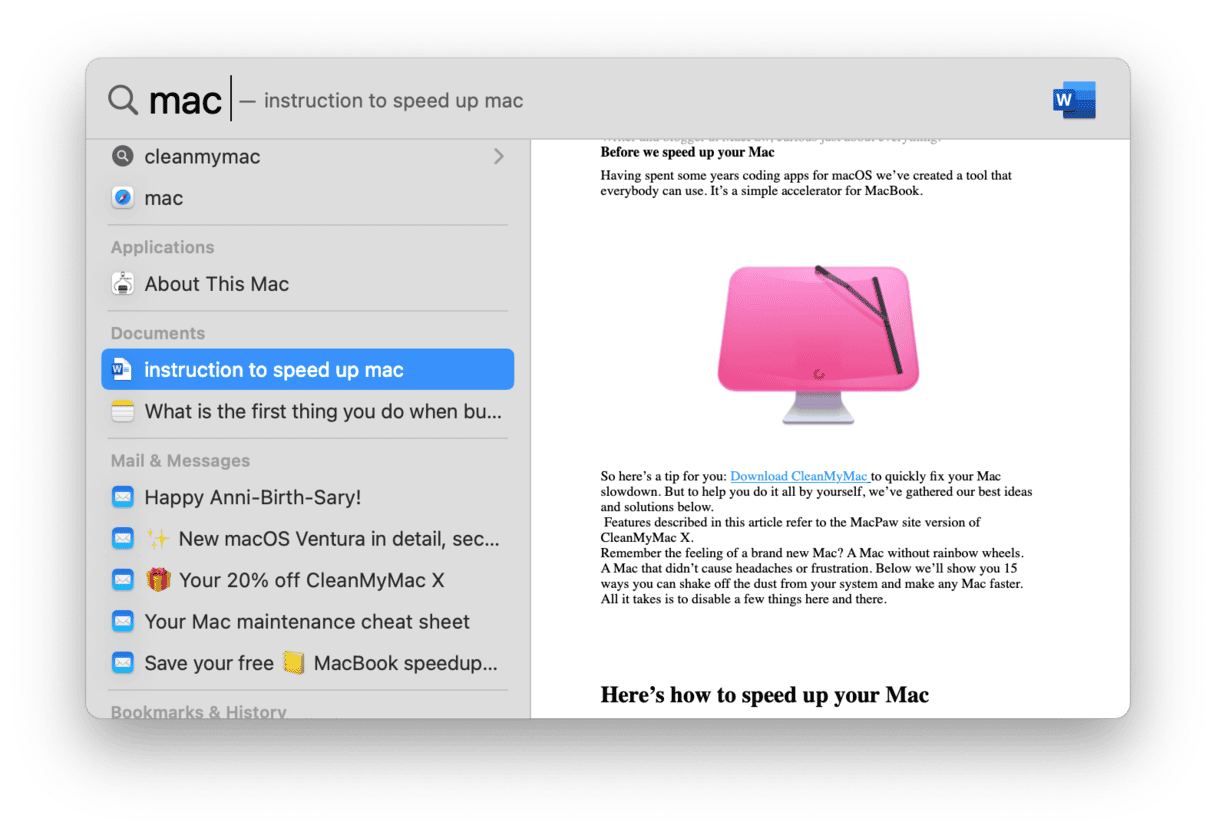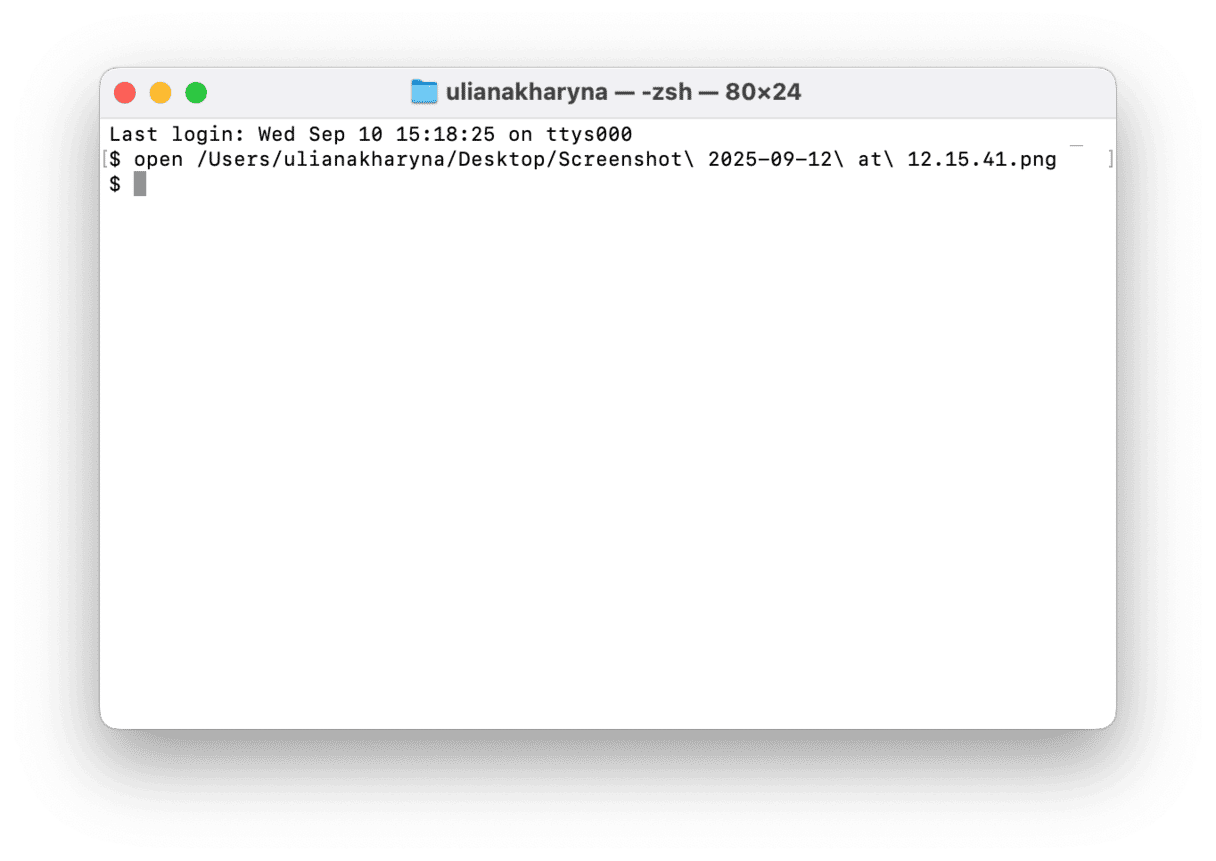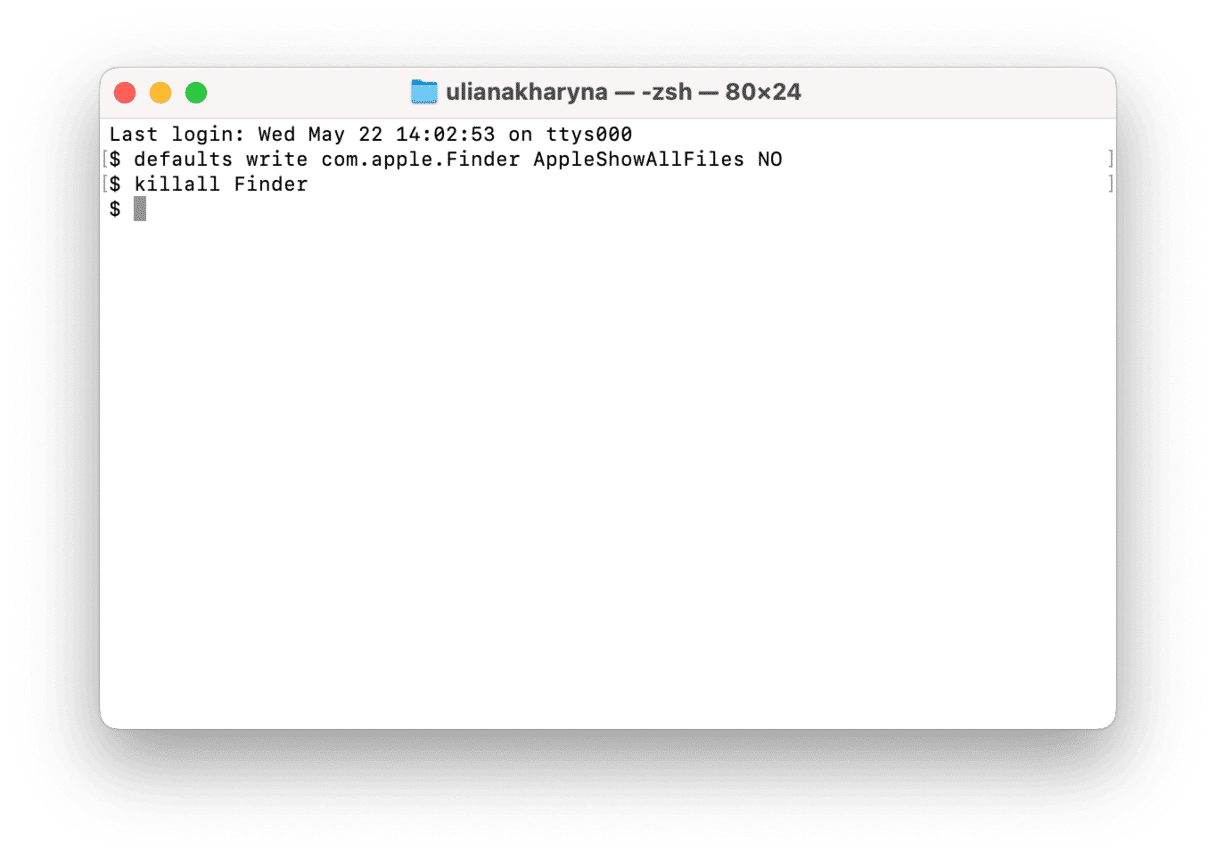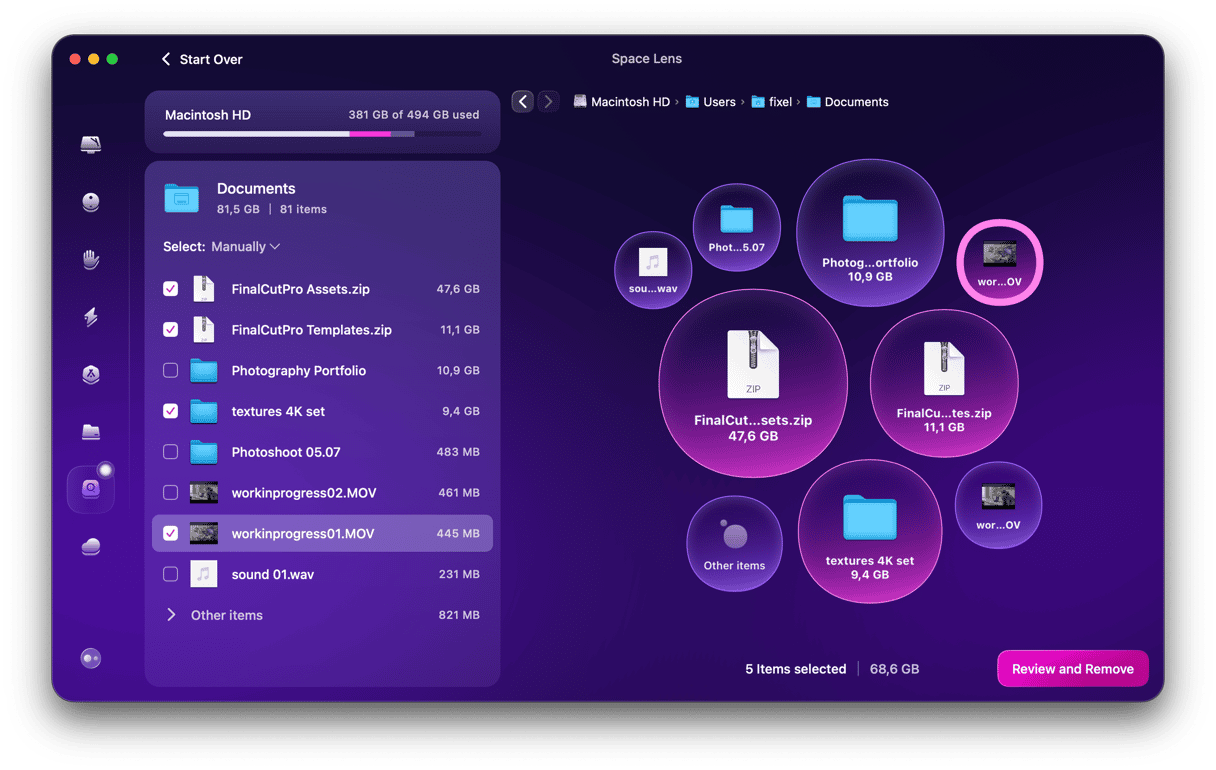Opening files is one of the things that every Mac user does every day. We do it so often that most of us don’t even think about it. And it’s likely you use the same method each time. But did you know that there are a dozen or more different ways to open files, including those that are normally hidden?
So, how to open files on Mac?
1. Double-click a file
This is probably the most common way to open a file. Locate it in Finder and double-click on it to open it in its default application.
2. Drag and drop
Locate the file you want to open in Finder and drag it onto the application you want to open it in, either in the Dock or in your Applications folder.
3. Use the application’s File menu
Open the application you want to use to work with the file, go to the File menu, choose Open, and navigate to the file.
4. Use macOS’ Recent Items
The Mac’s Recent Items tracks files that you’ve worked on recently, allowing you to see them in the Finder by clicking Recents in the Finder’s sidebar or opening them from the main Apple menu.
5. Open them from the Dock
If you right-click or Control-click any app icon in the Dock, you’ll see a list of recent files. Navigate to the one you want, and then click on it to open.
6. Open files via Spotlight
Click on the Spotlight magnifying glass icon in the menu bar, and in its search box, start typing the name of the file, a tag, or part of its content. When it appears on the list, use the arrow keys to navigate to it and press Return to open it.

7. Use a Launcher
Third-party apps like Alfred and LaunchBar work in a similar way to Spotlight. If you have one of them on your Mac, use its keyboard shortcut to activate it and start typing. Then, navigate to the file and press Return.
8. Use the keyboard
Navigate to the file you want to open and press Command-O or Command and the down arrow to open it in its default application
9. Use QuickLook to open a file
Locate the file you want to open in Finder and press the Space bar to preview it. To open it, press the button at the top of the window that says ‘Open With.’
10. Open a file with Terminal
This may be overkill — using Terminal just to open a file. But it works, and if you’re having trouble opening a file any other way, it’s worth a try.
- Open Terminal from Application > Utilities.
- Type
openfollowed by the full path of the file you want to open. Alternatively, typeopenand drag the file from Finder onto the Terminal window.
- Press Return and quit Terminal.

All the methods above work, but they rely on you being able to find and see the file in Finder. What if the file you want to open is hidden or invisible?
11. How to open files that are hidden
To open hidden files on your Mac, you first need to make them visible, and the easiest way to do that is to use Terminal.
- Open Terminal from Applications > Utilities.
- Paste these two commands and hit return after each of them:
defaults write com.apple.Finder AppleShowAllFiles YESandkillall Finder - All hidden files will now be visible, and you can locate and open the one you want using one of the methods above.
- To hide files again, use the same commands, but change
YEStoNO

While in the Finder, you can open normally unseen files using the hotkeys combination.
Just press Command + Shift + Period key.
Try this in your Documents, and you will likely see a few greyed-out folders that were previously closed from view.
One more trick to open hidden files and folders
Everybody’s documents are far from perfect older. We often name folders randomly, and our important files often end up in some weird location, with many folders below the surface. Such lost folders could take up many gigs of space.
If your reason for viewing or opening hidden files is to try and find out where all your Mac’s storage space has gone, there is an exciting method you can try.
Many of you have heard of CleanMyMac, but its Space Lens feature is much lesser-known. It builds an infographic map of your drive that you can easily navigate and unveil hidden folders.
You’ll see what files are occupying the most storage space, so you can decide whether to keep or delete them.

Here’s how to use it:
- Open CleanMyMac — get your free trial here.
- Click Space Lens in the sidebar and run a scan.
- When CleanMyMac has finished scanning, it will show all the folders at the top level of ‘Macintosh HD’ or whatever your drive is called. You can now browse your folders.
- To remove a file or folder, select the checkbox to the left of it in the list and click Review and Remove. You can then review your selection and click Remove to get rid of unneeded stuff forever.

There are a number of different ways to open files in macOS. Which one you use is usually down to habit, but some work better than others if you want to control which applications open the file. Opening hidden files is more tricky, but you can make them visible using Terminal. Finally, if you want to find out which files are taking up the most space on your Mac, we recommend CleanMyMac’s Space Lens.







